Regular readers will recall my fondness for Lord Falkland’s observation that “when it is not necessary to change, it is necessary not to change.” That crisp declaration is not only elegantly framed but (in my view) true. In this it differs, it saddens me to acknowledge, from the Duke of Cambridge’s even more robust confidence that he was “opposed to all change, at any time, for whatever reason.”
I am not sure whether that mot was a testimony to the duke’s utopian inclinations or merely his stubbornness. But it is sharply at odds with the realities, if not, perhaps, with the governing temperament, of most of its main actors in the world of wine. Did you know, for example, that just a few years ago the famously tradition-minded (not to say hidebound) wine growers of Bordeaux proposed allowing several new grape varieties to be added to its tightly supervised list of acceptable grapes?
The move is being made because of changing weather in Europe. The warming that has been taking place since the Little Ice Age, which began around 1300, has finally caught up with France. Grapes more acclimated to warmer temperatures are the order of the day. Some of the varietals proposed in Bordeaux are native to France. But some are famous Portuguese grapes, including the celebrated varietal Touriga Nacional, which you have doubtless had in Port.
We have had occasion to visit Porto in this column, just as we have taken tours through other famous Portuguese wine areas: the pleasant summer wines of Vinho Verde (“green wine” by name but white or rosé in fact) in the north and, off the coast to the south, the island of Madeira, whose wines so enchanted the American Founding Fathers.
It’s often been observed that while Portugal had a glittering sixteenth century, full of gold and empire, subsequent centuries had their difficulties, not all of which were named “Napoleon.” In recent years, however, things have been looking up. Life expectancy and general prosperity have soared in the last couple of decades. And the wines of Portugal have entered, or reentered, public consciousness in a stately manner.
Wine production in Portugal goes back at least to the Romans. They have been in and out of fashion. College rooms of a certain vintage would often feature empty bottles of Mateus (they once had been full) into which candles had been stuck in an effort to impart an aura of romance or triumph. The sweetish wine, a huge seller from Douro in the north, is a blend of Touriga Nacional, Tinta Roriz (called “Tempranillo” in Spain), Tinta Barroca, and Tinto Cão. I am not going to say anything else about it except that it was apparently a favorite of Queen Elizabeth II. It’s a little difficult to get one’s arms around Portuguese wines. What, other than provenance, makes them Portuguese? There are a dizzying number of indigenous varietals — apparently about 250 — not to mention the many imports and hybrids from France and elsewhere.
But the truth is that Portuguese wines are making, and deserve to be making, inroads on the modern palate. I and my team of research assistants have been conducting experiments and I am pleased to report that Portugal offers a host of red, white and rosé wines that are both delicious and, many of them, extremely easy on the pocketbook.
For example, many of those Vinho Verdes that I mentioned can be had for $10- $15. They offer a light, agreeable, low-alcohol wine that is just right for summer. In August, we began a reading of Aristophanes in my office with one from Quinta do Ermízio. It was a tart, green-appley wine from Loureiro and Trajadura that featured that typical pétillance or very slight fizz for which Vinho Verde is known. It is an undemanding but pleasant wine, one which doesn’t mind being talked over as it is being savored.
The play we were reading, Wealth, the last play we have from Aristophanes, frequently mentions food and wine, and we were pleased to be able to follow along with some notable Portuguese wines. One of my favorites was a 2021 Douro from Filipe Ferreira. Predominantly Touriga Nacional (60 percent), this intense, deep, well-balanced red was a robust 13.5 percent alcohol yet maintained a luscious softness in the mouth. When I tell you it was only about $13 a bottle, you will want to get a case.
Two more. The 2017 “Dona Maria” from Júlio Bastos, a hot red from Alentejo in the southeast of the country. A plump blend featuring Alicante Bouschet Touriga Nacional (with a dollop of Cabernet Sauvignon and some Syrah), the wine weighs in at 14.5 percent alcohol. At about $17 a bottle, it is another steal.
I might return to Luis Pato, among the most famous and flamboyant of Portuguese winemakers, in another column. For now I’ll content myself with a brief introduction. Stationed in the Bairrada-Beiras region, directly south of the Douro River, Pato is an acolyte of the Baga grape, a difficult varietal that he has managed to tame and encourage. His reds are often compared to Nebbiolo, though to my mind they are gentler and more succulent. We had a 2008 Vinha Barrio from Beiras, a dark, brooding wine that opened nicely after about twenty minutes. It will set you back about $70 but is comparable to wines twice that price from elsewhere.
This article was originally published in The Spectator’s October 2024 World edition.



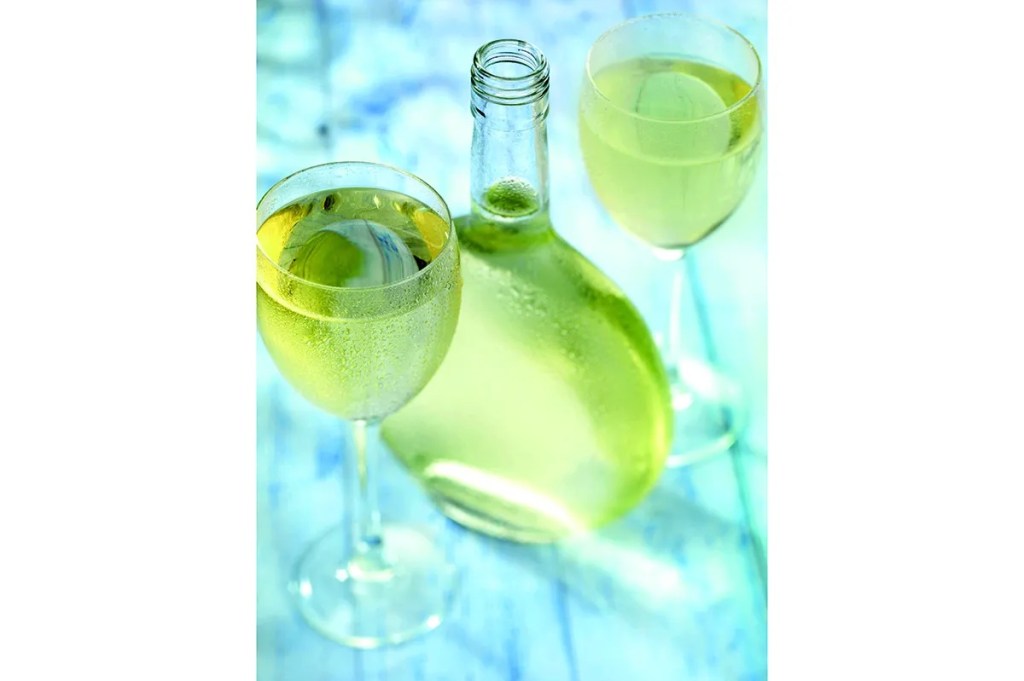






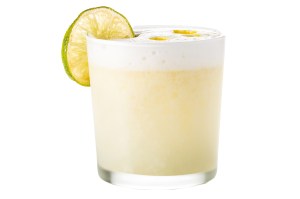
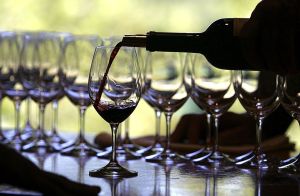

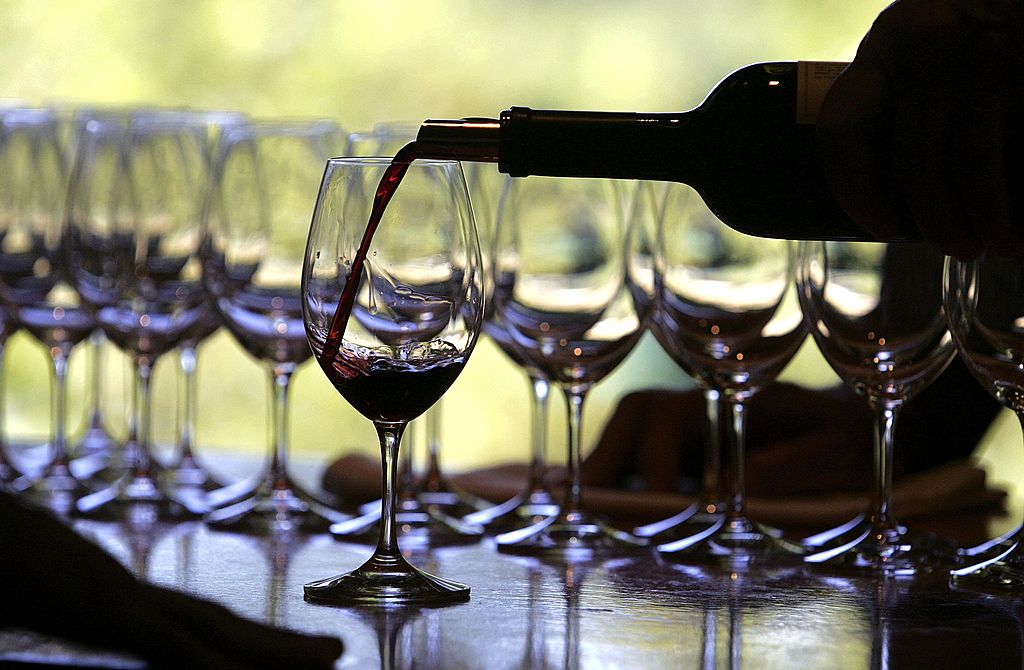
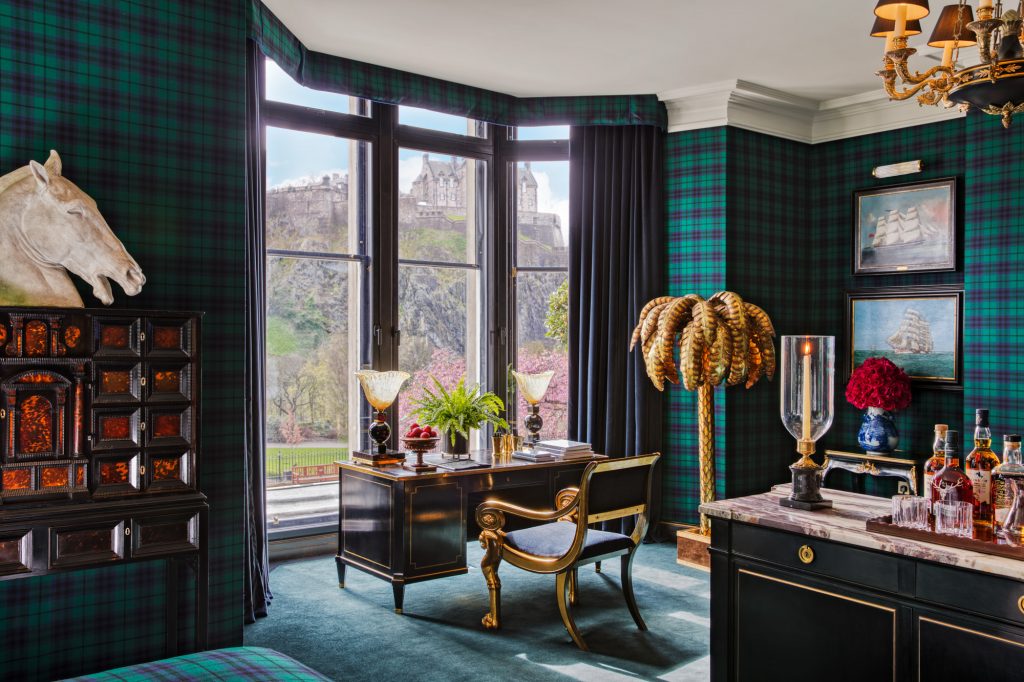


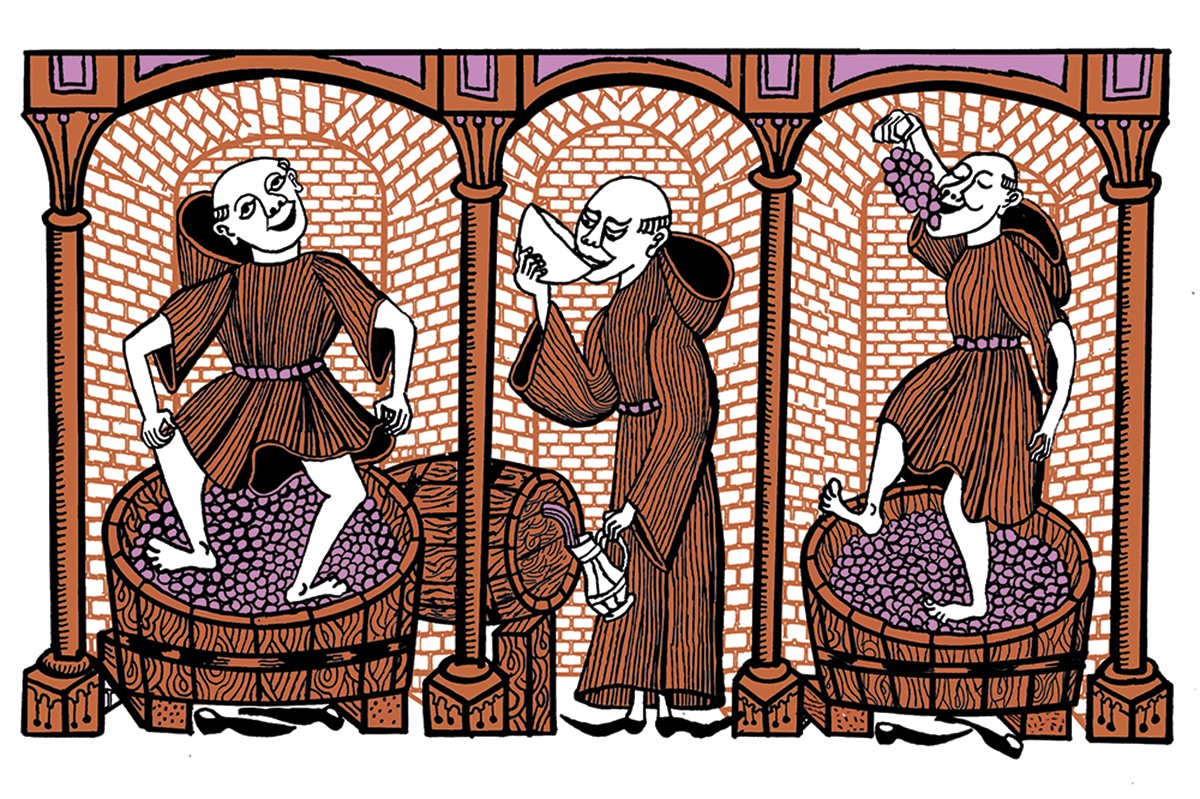
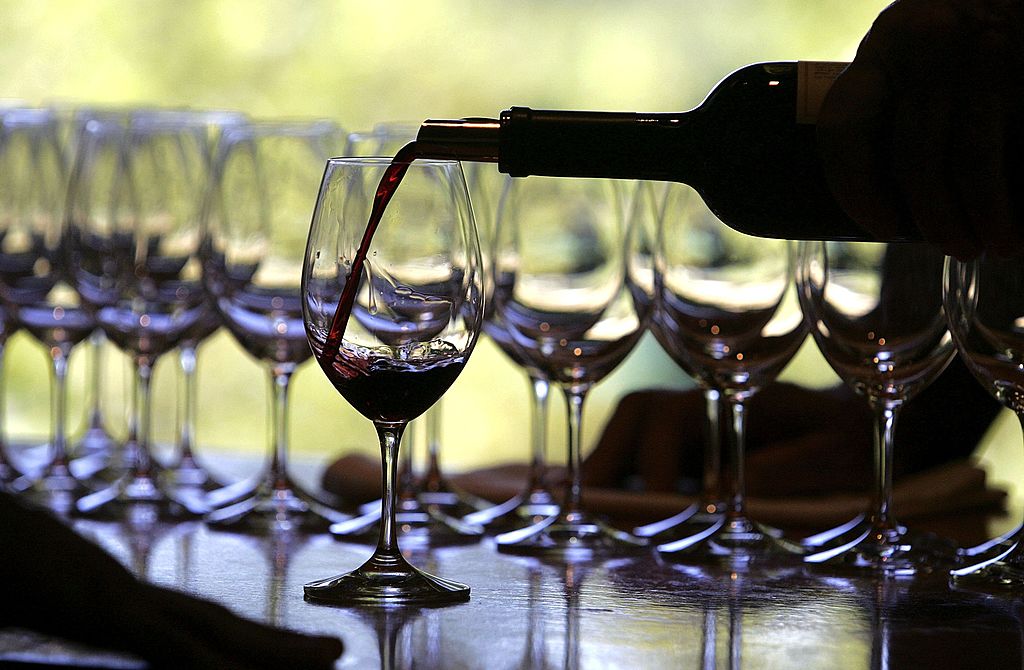







Leave a Reply